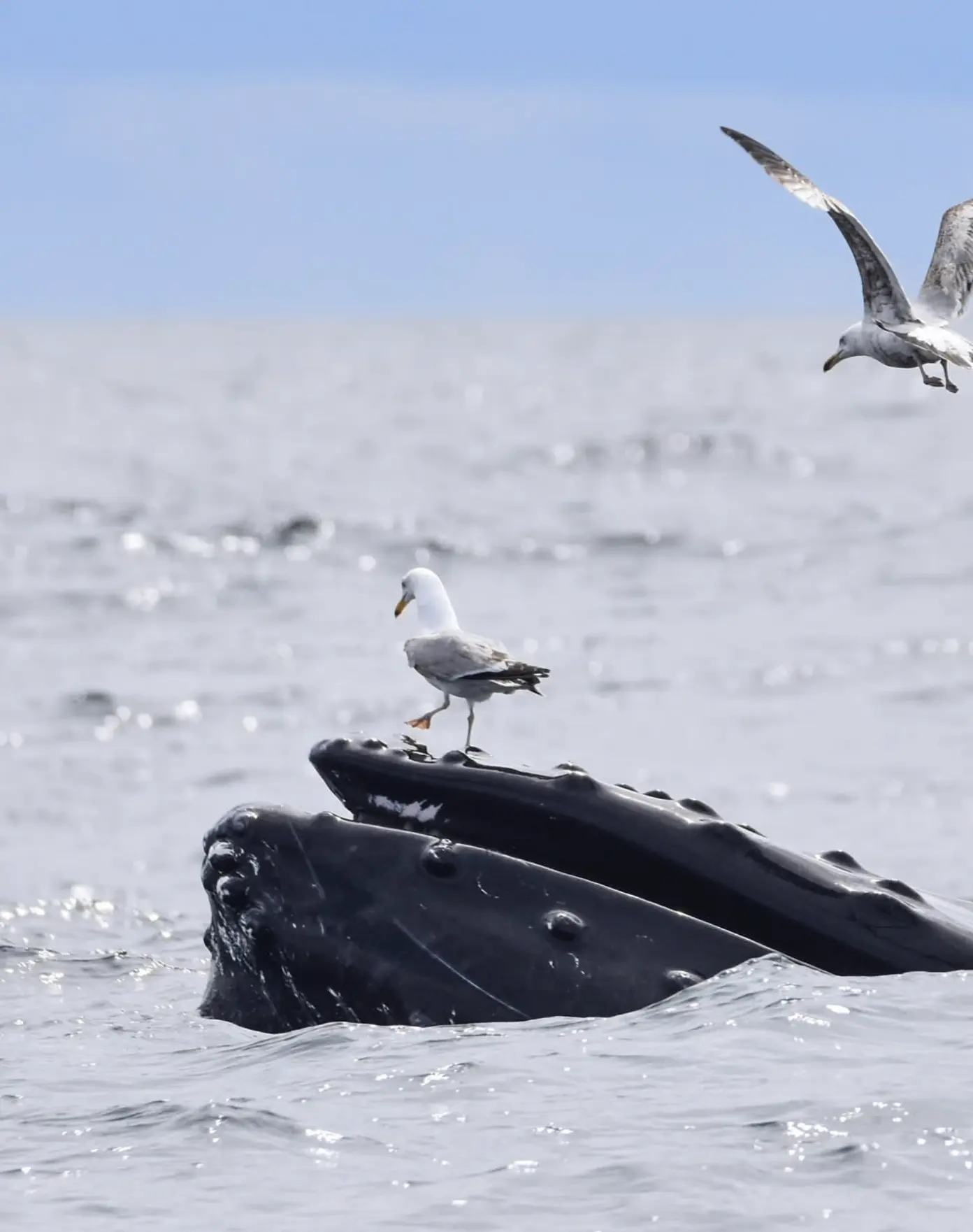Whale and dolphin watching in the Great Barrier Reef isn’t just a tick-the-box activity — it’s a full-blown, jaw-on-the-deck, camera-clicking kind of experience. And if you’re lucky enough to be out there during peak season, you might spot a humpback launching itself out of the Coral Sea while you’re still trying to butter your morning toast on the liveaboard deck.
I’ve been lucky to witness this more than once on reef trips between Cairns and the Whitsundays. Every time, it’s the same reaction: someone shouts “WHALE!” and the whole boat loses its mind. It never gets old. But to really make the most of whale and dolphin watching in the Great Barrier Reef, you’ll want more than just luck on your side — you’ll want a few local tricks up your sleeve.
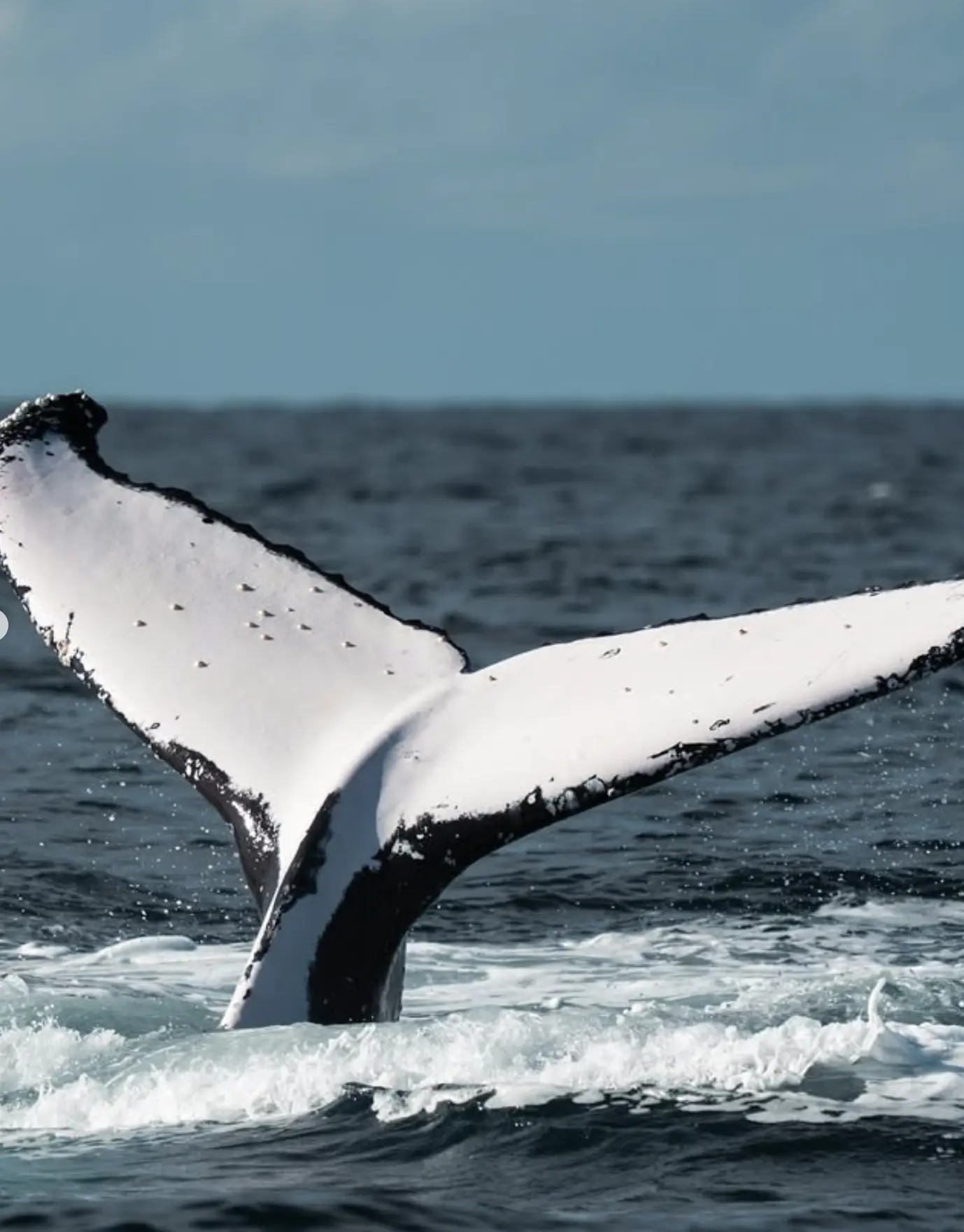
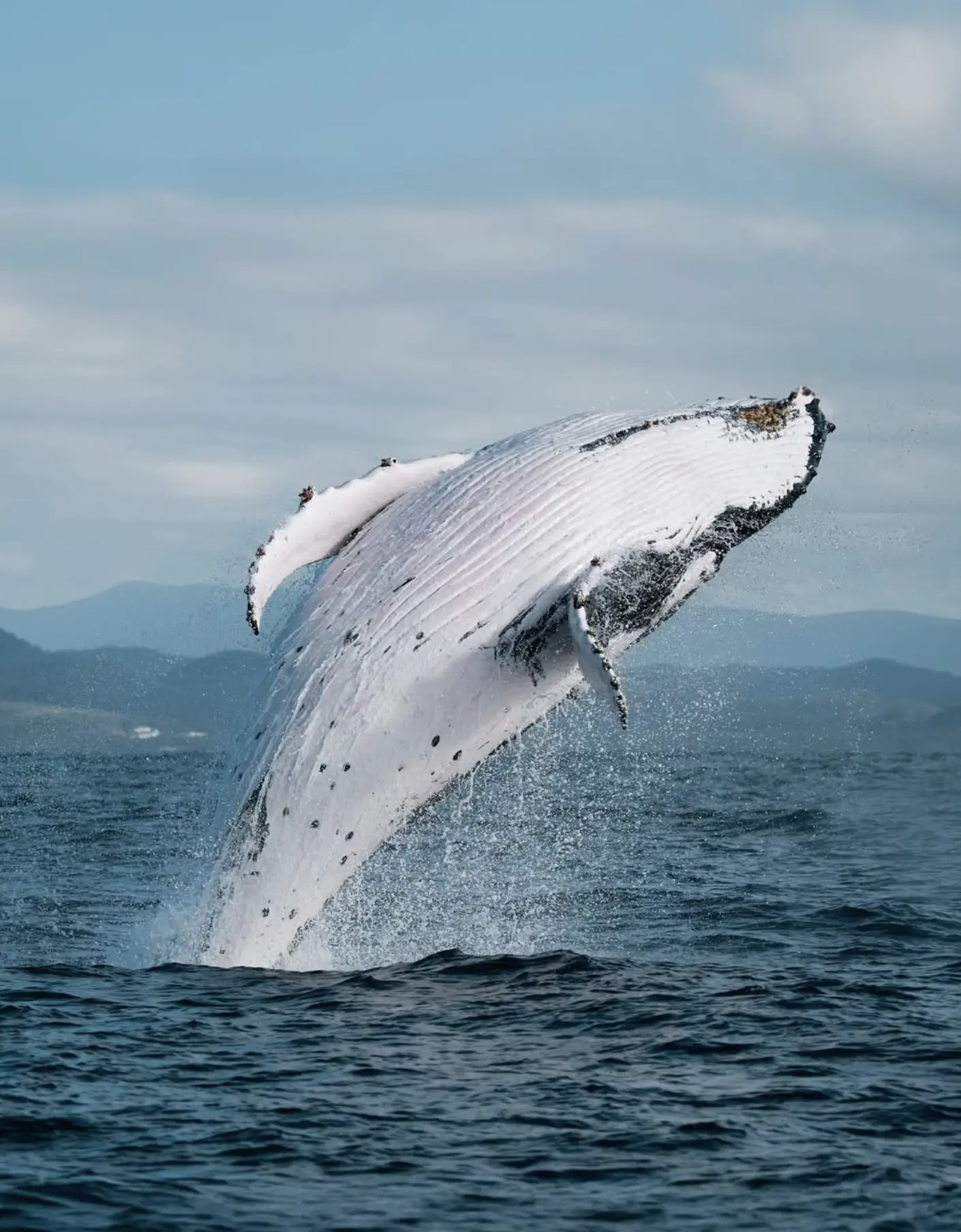
Meet the Locals
- Humpback Whales: These 40-tonne baleen whales migrate from Antarctica to the warm Queensland waters from June to November. If you’re lucky, you’ll catch one launching itself skyward like it’s auditioning for a David Attenborough special.
- Dwarf Minke Whales: Quieter and rarer, these curious Minke Whales visit the Ribbon Reefs around June and July, and they’re known for swimming alongside snorkellers — part of specially licensed swim-with-minke whales tours.
- Bottlenose Dolphins: These are your classic smooth operators. You’ll spot them year-round around islands, reef edges, and sometimes even alongside boats, riding the bow wave like pros.
- Spinner Dolphins: As the name suggests, these acrobats love a good twirl mid-air. More common in deeper Reef locations, especially near the Whitsundays.
- Pilot and Sperm Whales: Deep-diving and elusive, but they sometimes cruise past the Outer Reef during the cooler months.
- Killer Whales (Orcas): Rare in the coral reef system, but they’ve been spotted off the outer channels during May to August.
- Southern Right Whale and Blue Whale: Extremely rare visitors, but sightings have occurred, usually during broader east coast migrations.
What Makes a Good Tour Operator?
- Accreditation: Look for Advanced Eco Certification or approval from the Great Barrier Reef Marine Park Authority (GBRMPA).
- Wildlife Ethics: Do they follow the Australian National Guidelines for Whale and Dolphin Watching and the Great Barrier Reef Marine Park Regulations 1983?
- Group Size: Smaller boats often mean better viewing (and less sardine-can vibes).
- Crew Knowledge: Marine biologists or experienced local guides? Big win.
- Safety Gear & Briefings: Especially for snorkel or swim-with tours.
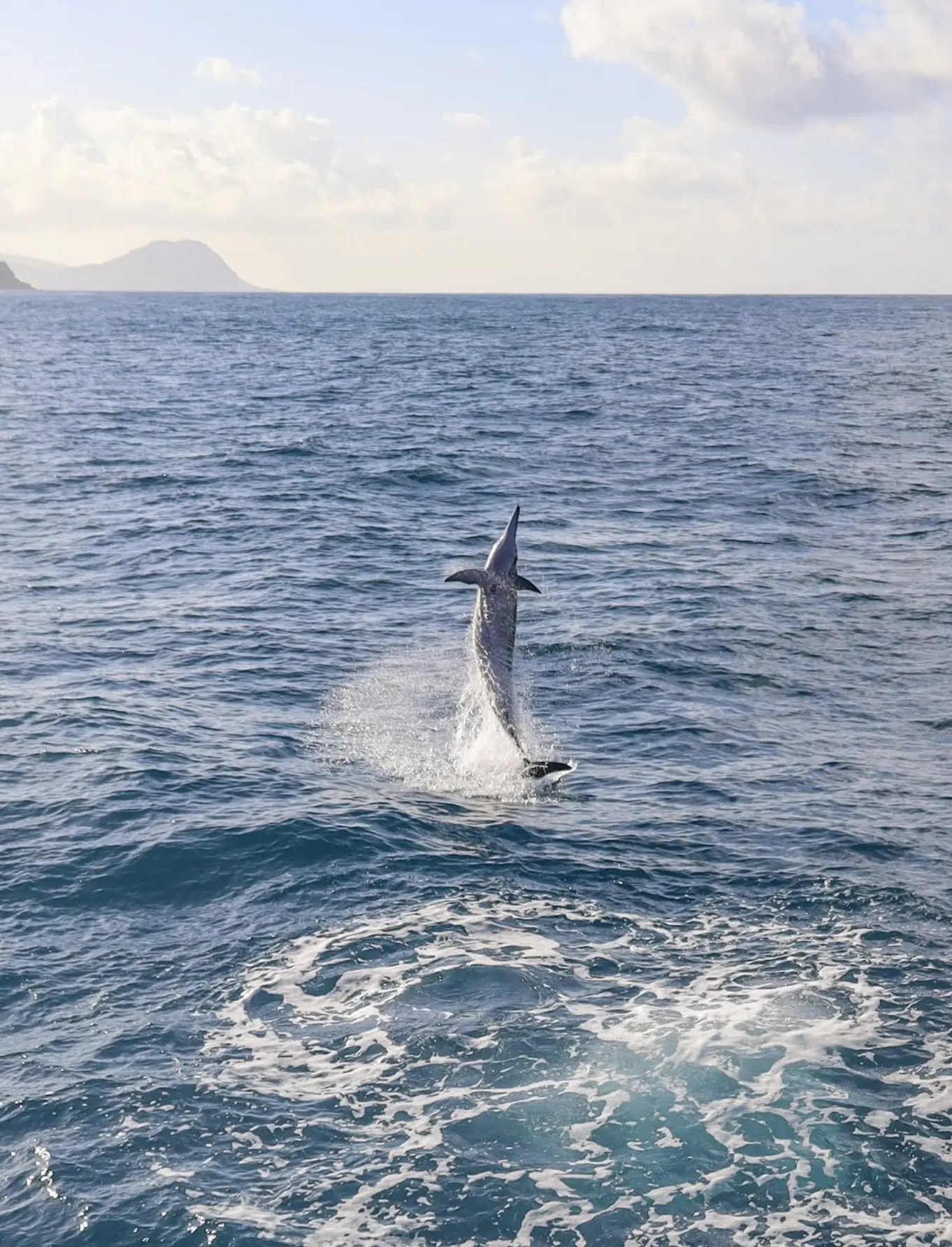
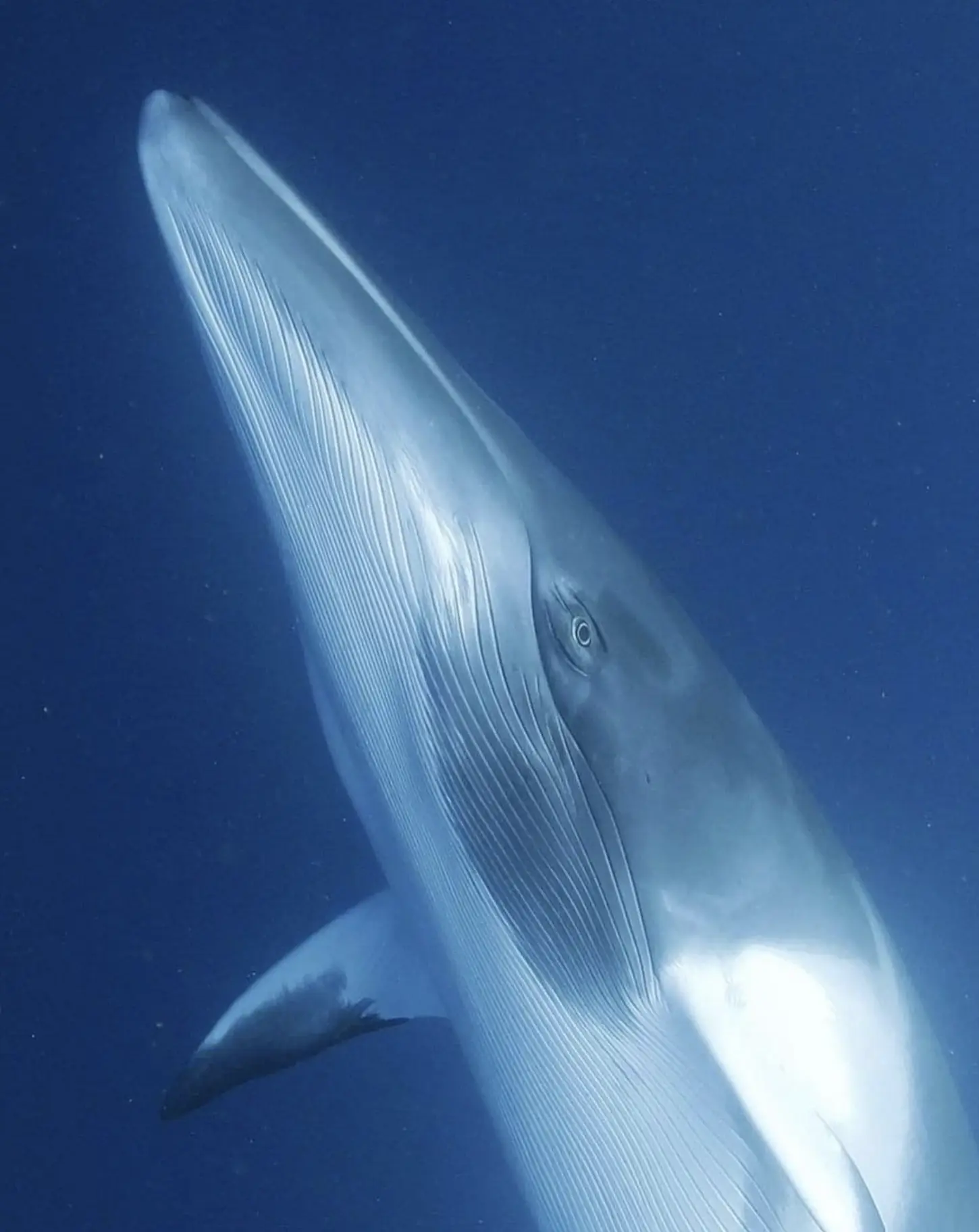
Reef Hotspots
Ribbon Reefs (Off Port Douglas)
Hervey Bay (Gateway to the Reef)
Whitsundays and Outer Reef (From Airlie Beach)
Cairns to Fitzroy Island
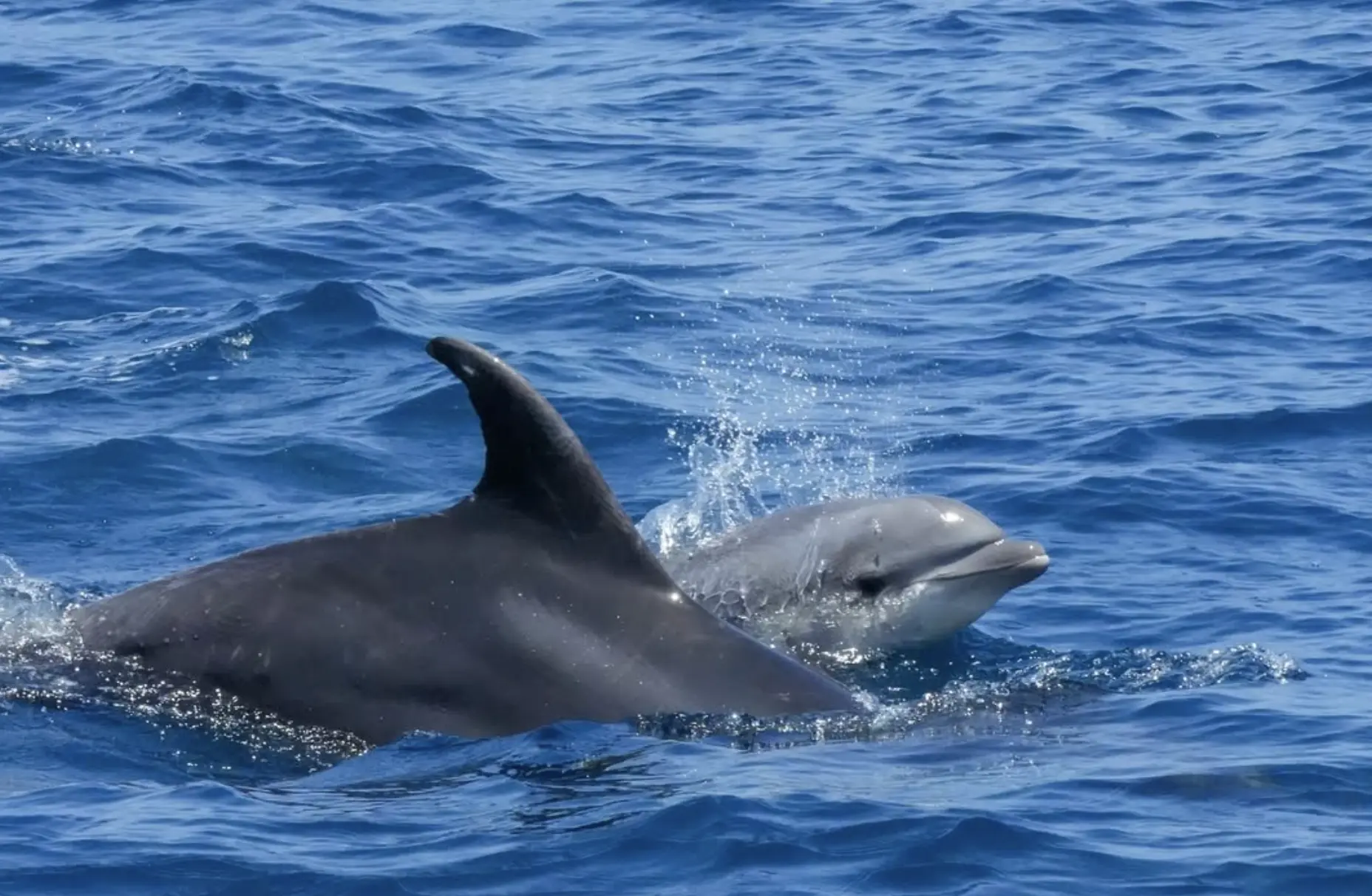
Top Tours
From Cairns: Great Barrier Reef Cruise by Premium Catamaran
From Airlie Beach: Whitsundays & Great Barrier Reef Scenic Flight
From Port Douglas: Premium Outer Reef Dive Trip
Whale Watching Season
| Species | Best Time to Spot | Location Highlights |
|---|---|---|
| Humpback Whales | June – November | Hervey Bay, Cairns, Whitsundays |
| Dwarf Minke Whales | June – July | Ribbon Reefs (Port Douglas) |
| Bottlenose Dolphins | All year | Reef-wide |
| Spinner Dolphins | April – October | Outer Reef, Whitsundays |
| Pilot and Orca Whales | May – August (rare) | Outer Reef channels |
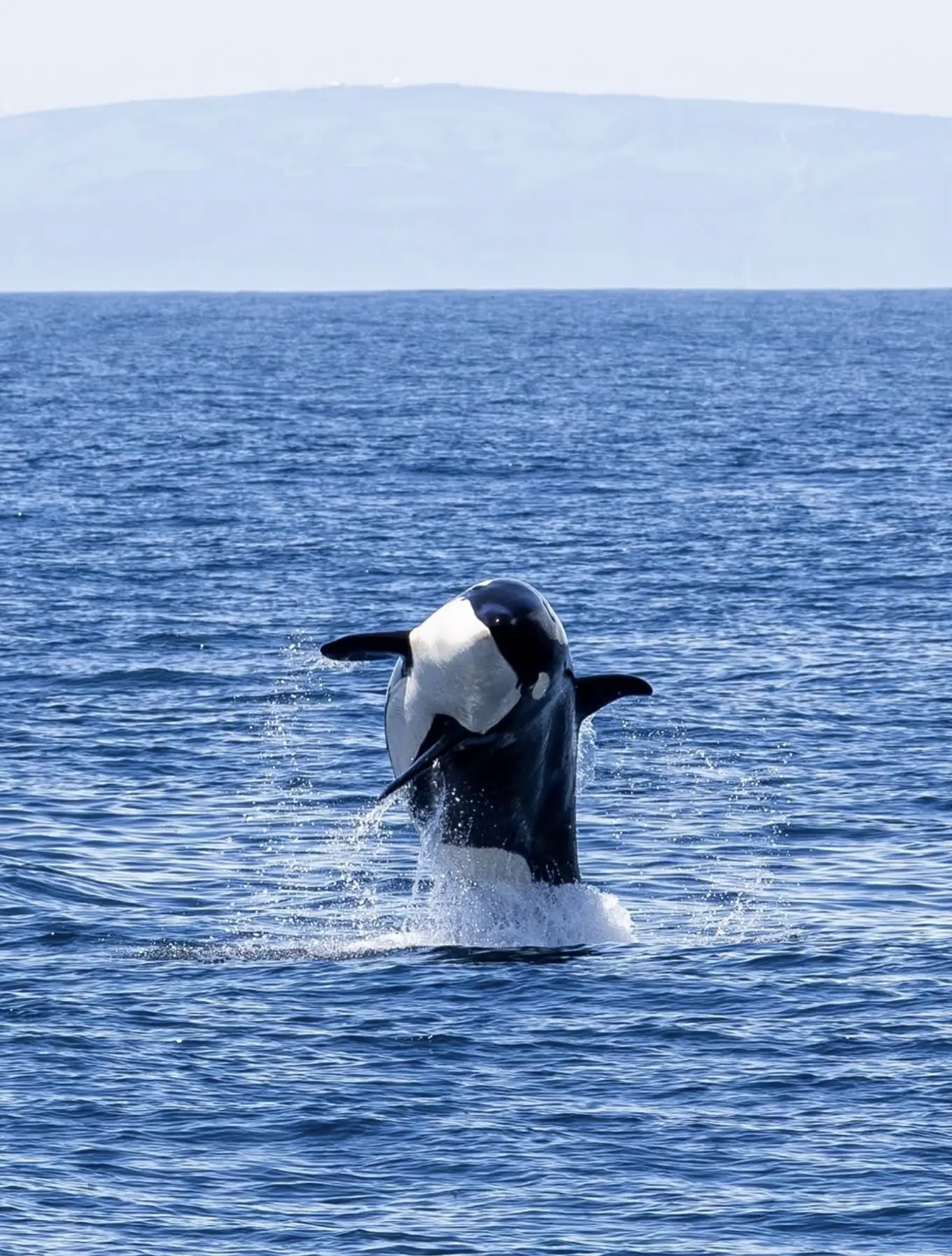
Watch the Rules
- No approach closer than 100 metres for whales (unless specially licensed).
- Cut the engine if dolphins or whales come close to your boat.
- Never feed or touch marine mammals.
- Use zoom not chase: Binoculars and cameras are your friend, not revving motors.
The Reef's Cheeky Residents
Bottlenose dolphins are the ones you’re more likely to encounter closer to shore or around the islands. If you’re snorkelling and hear clicking or whistling underwater, keep your eyes peeled — they’re often around before you see them.
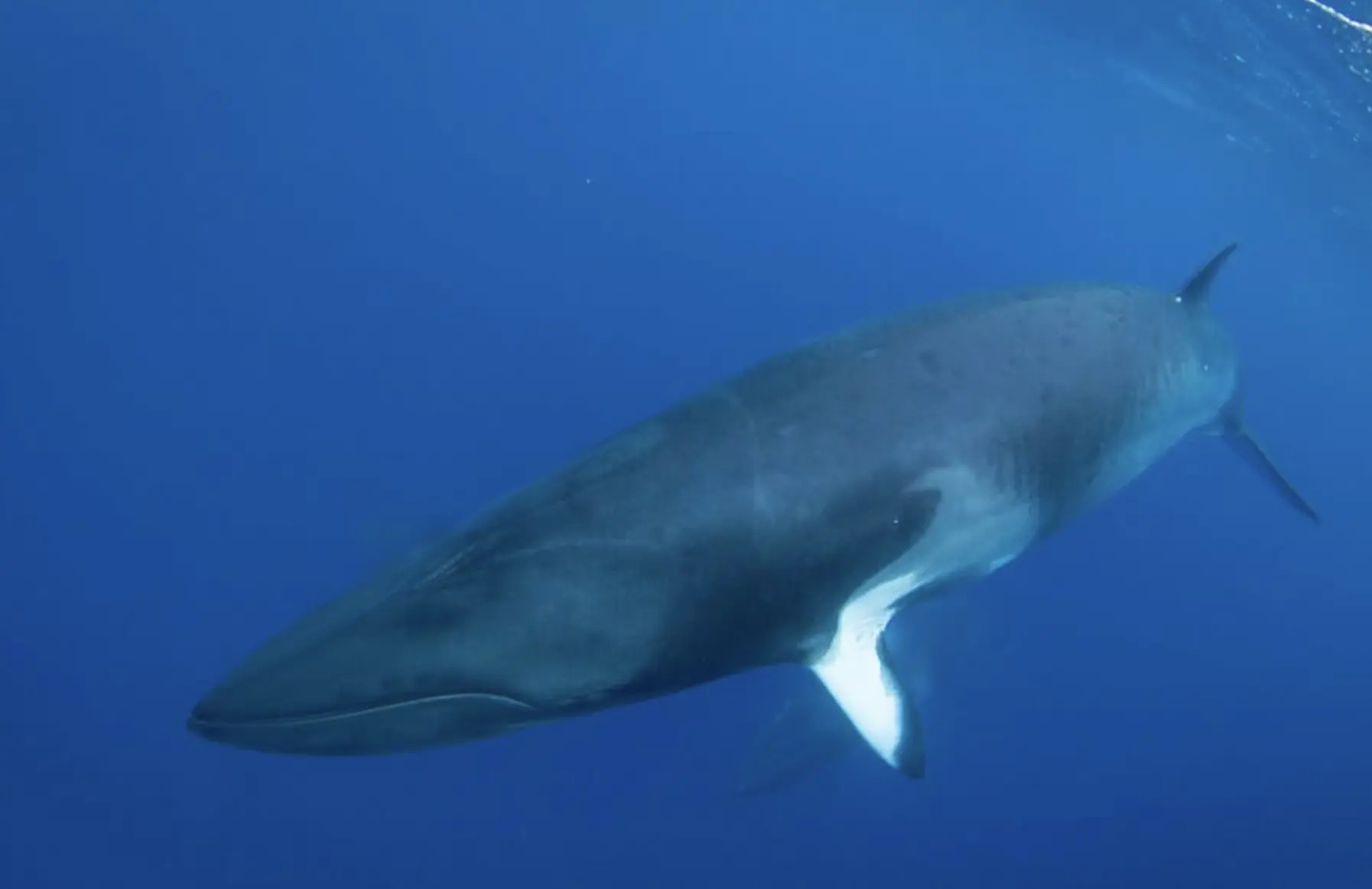
Stories From the Reef
Another time near Heron Island, a group of us watched a mother humpback nudge her calf to the surface to breathe. The little one gave an awkward tail slap like it was practising for the big leagues.
These aren’t just “wildlife sightings” — they’re encounters that stick with you.
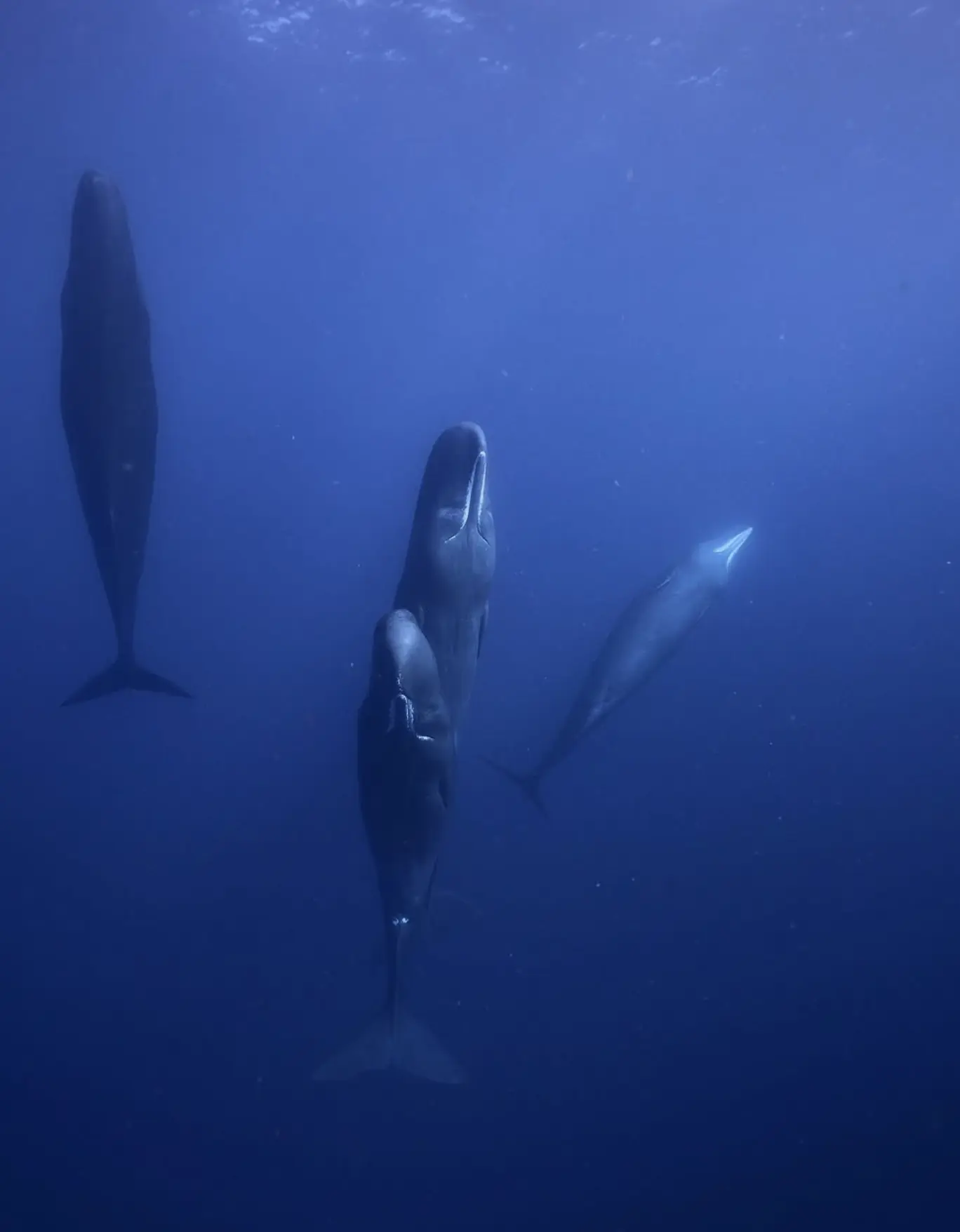
Where Did the Dolphins Go?
- Migration Changes: Whales rely on water temps for breeding and birthing timing. Warmer oceans may shift migration dates.
- Food Chain Wobbles: Changes to krill and fish populations mean whales and dolphins might have to go elsewhere to find a decent feed.
- Noise Pollution: More frequent storms, coastal development, and ship traffic can interfere with their echolocation and communication.
Handy Checklist: What to Pack
- Polarised sunglasses (less glare, more fins!)
- Reef-safe sunscreen
- Binoculars or a long-lens camera
- Seasickness tablets (trust me on choppy days)
- Reusable water bottle
- Windbreaker jacket (deck breeze can get icy in winter)
